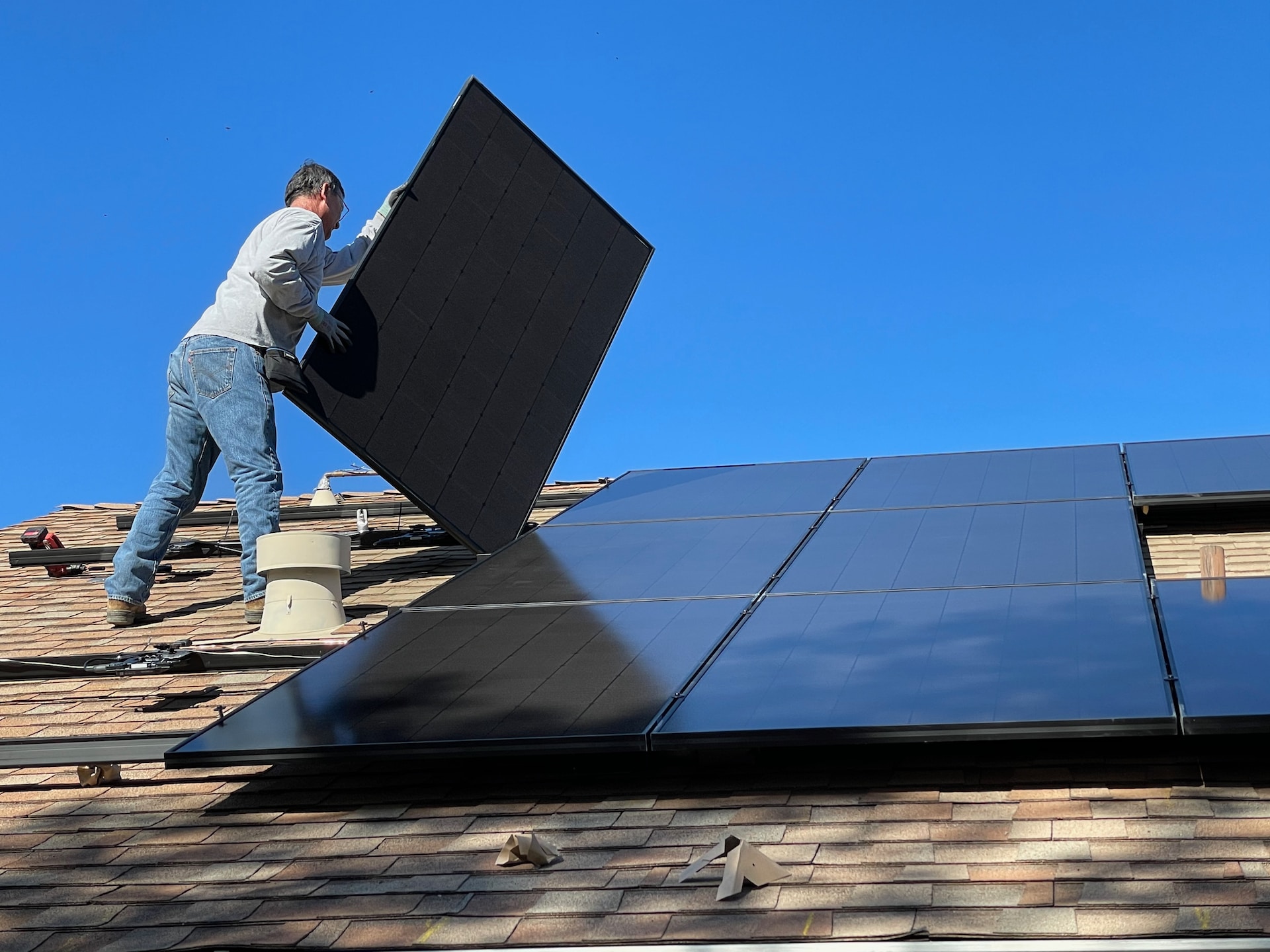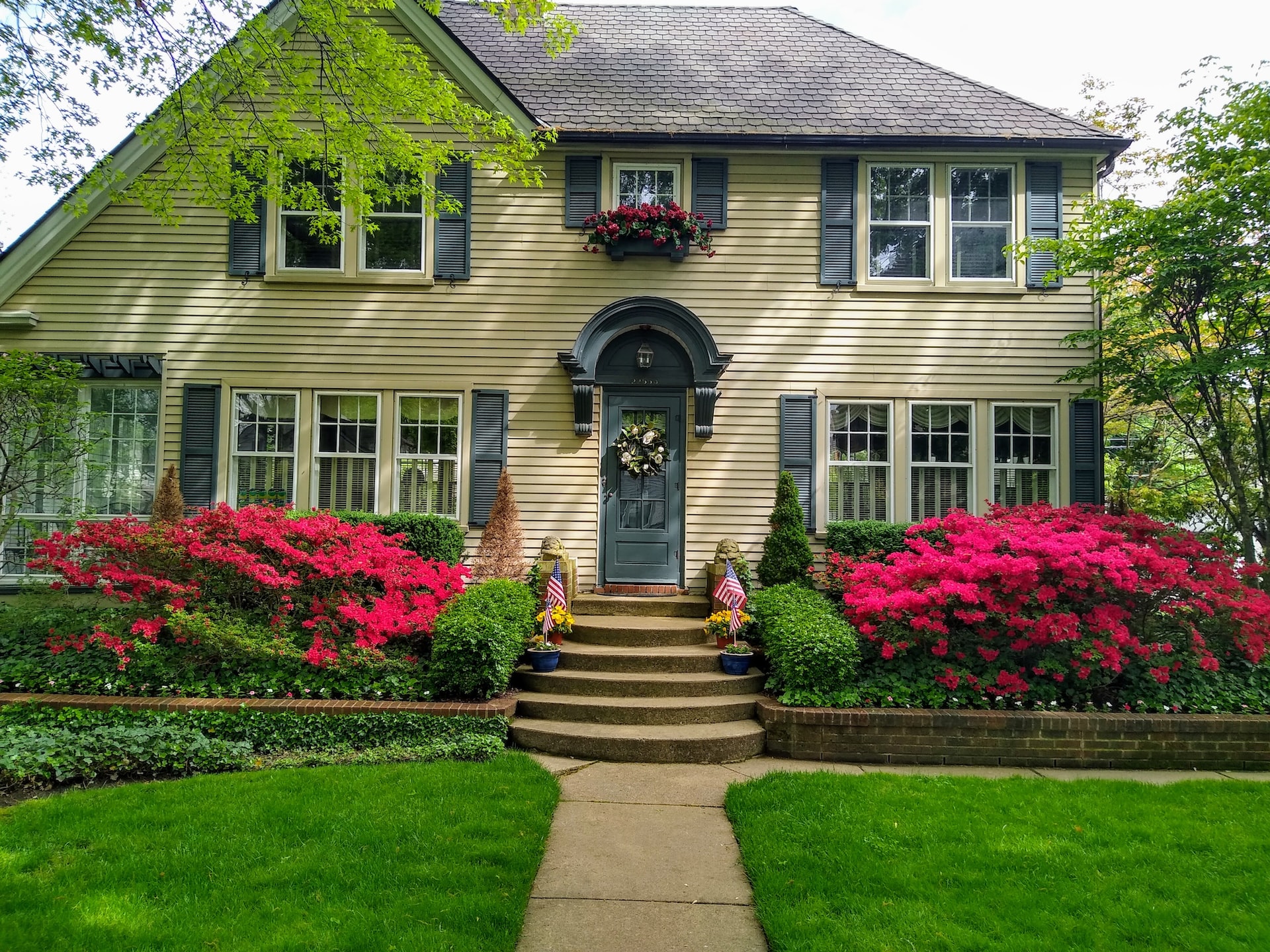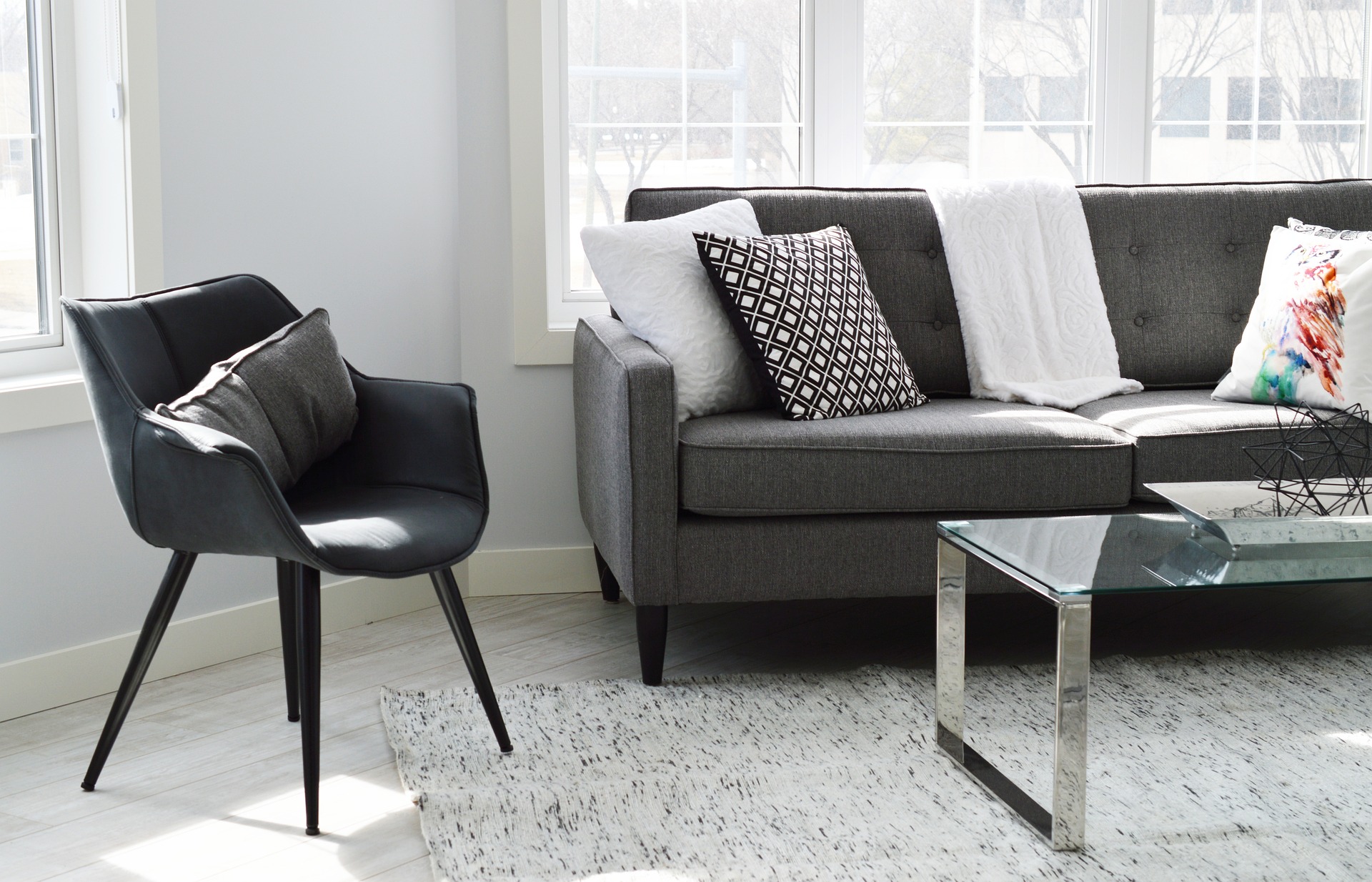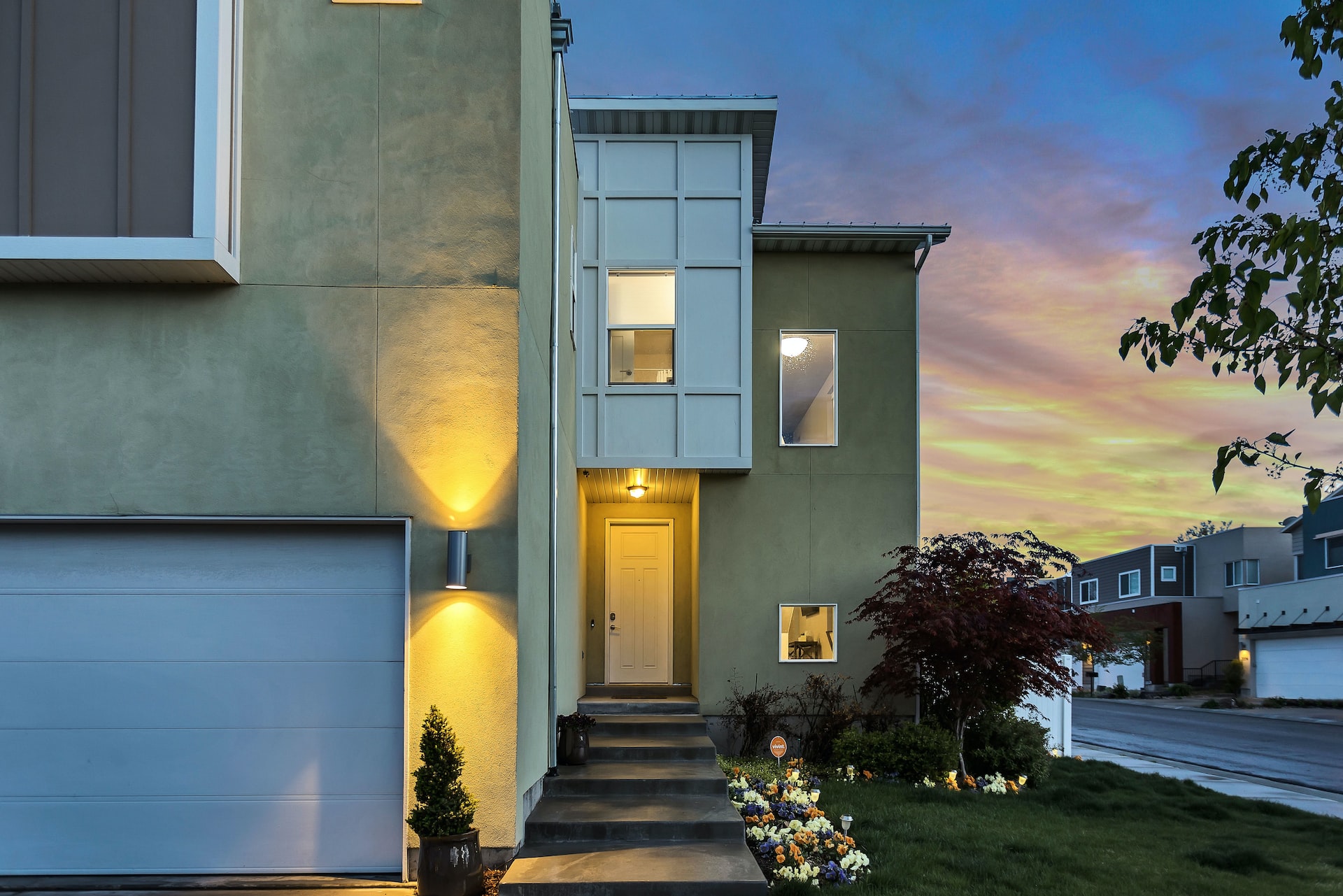Getting into the housing market is an exciting and momentous time for anyone. There’s the thrill of knowing you’re making a choice that will impact your future; the house you buy now could be the place where you see your children take their first steps, where you start an ambitious small business, the backdrop to many, many precious memories. On the other hand, there’s the mountains of paperwork, legal documents and the matter of mortgage to contend with.
You’re not in it alone, check out our guide to buying your first property.
Weigh Up Your Finances
It’s no secret that real estate in Australian cities is incredibly expensive so, if you’re looking to buy into the property market you’ll have to seriously consider whether you can afford it. If you’re on the fence about deciding to move, begin by doing a budget and identifying how much you can afford to save to put towards a house deposit.
Once you’ve done your budget begin by researching house prices in a given area. There’s no hard and fast rule to help you figure out how much you’ll need for a deposit but a good guide would be 20% of the purchase price plus the associated sale costs.
Find The Best Way To Borrow
An important aspect of buying a home is organising your financing and, unless you’re exceptionally well-off, you’ll likely find yourself having to borrow from a financial institution. How much you can borrow will depend on your income and prior financial commitments, your savings as well as your credit score and credit reports.
There are many competitive home loans on the market, with variable and fixed-rate interest rates. To read more about the various types of home loans on the market and to find out which home loan policy would be best suited to your specific needs, head here.
Define Your Dream Home
We’ve all got an idea of a ‘dream home’ in our heads, however, for the sake of purchasing it’s best to remove yourself from preconceived notions. Instead, focus on building the idea of your dream home from scratch.
Ask yourself why you’re moving. Do you need more space for a growing family? Do you want a garden? Did you want to move closer to the city? Once you’ve remembered what drew you to the move in the first place you should make a list of all your must-haves, deal-sweeteners and deal-breakers. Your must-haves will be the things you can’t live without like two bathrooms, enough bedrooms or a garden for the kids to run in. Then make a list of things that would be nice to have but aren’t absolutely crucial like design features and built-ins. Your deal-breakers as the name would suggest are the things you absolutely can’t live with in a home.
Remember that your choice of house should be based on what you can afford (of course) as well as your needs and lifestyle both at the time of the purchase and going forward. For example, if you’re a young couple looking to buy, it may make more sense to buy a unit rather than a larger house, however, if you’re planning to have kids in the next few years it helps to be prepared for the future.
Location, location, location!
It may sound like a cliche but, when it comes to buying a home, location really is everything. You’ve already defined your dream house and now you need to decide on your dream neighbourhood. The best way to do this is to ask yourself what’s important to you.
Do you have children? If so, you may want to live in a neighbourhood with plenty of playgrounds and great local schools. A foodie? You might want to be near the best bars and restaurants. An ocean lover or a surfer maybe? You’ll want to be able to roll out of bed and into the waves. An urbanite? You’ll want to be somewhere where you can appreciate the hustle and bustle of the city.
Don’t forget to take transport into consideration. If you’ve got a car you’ll want to live somewhere with plenty of parking. Or if you tend to take public transportation then it’s important to be near a public transport line.
From Dreams To Reality
It’s important to remember that dreams are just that: dreams. When you find your house it’s likely that it will almost perfect. Try not to let these little imperfections get in the way. Rooms can be repainted, carpeting can be torn up, gardens can be landscaped, kitchens and bathrooms can be easily redone. Don’t get disheartened by superficial things.
However, there are a few things to keep an eye on when inspecting a potential new home. Water damage can be a serious red flag. Faulty plumbing can lead to huge expenses down the line. Cracked walls can be a sign of deeper structural problems in your home and will need to be expertly repaired before you move in.
Settle On Your Home
Before you can officially call it your own home you’ll need to negotiate to buy it. Our top tips for negotiating is to stay clear-headed and unemotional, stick to your budget and make sure you have a good support system. If you’re attending an auction bring an experienced friend along to help you, get a solicitor or conveyancer to help you review the contract before signing and then make an offer.
The settlement process, unfortunately, involves forking over more cash. The settlement period begins the date the property is transferred into your name and then, within 30 days, you’ll have to pay stamp duty and organise your insurance. For more information on the settlement process, you can check out this government resource.
Now that’s all taken care of it’s finally time to pack your boxes, call a moving van and move in! Enjoy the pleasures of making a new life for yourself in your brand new home.






Leave A Comment